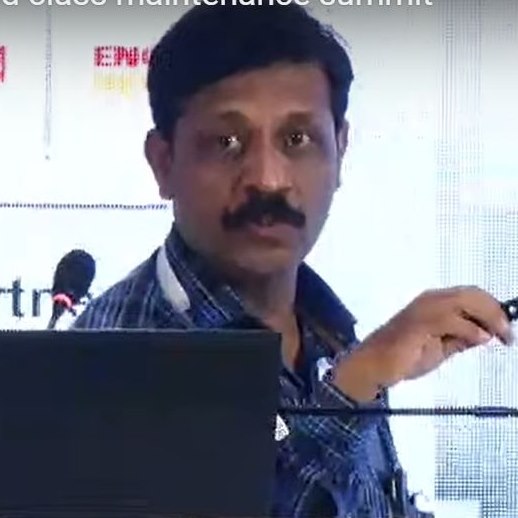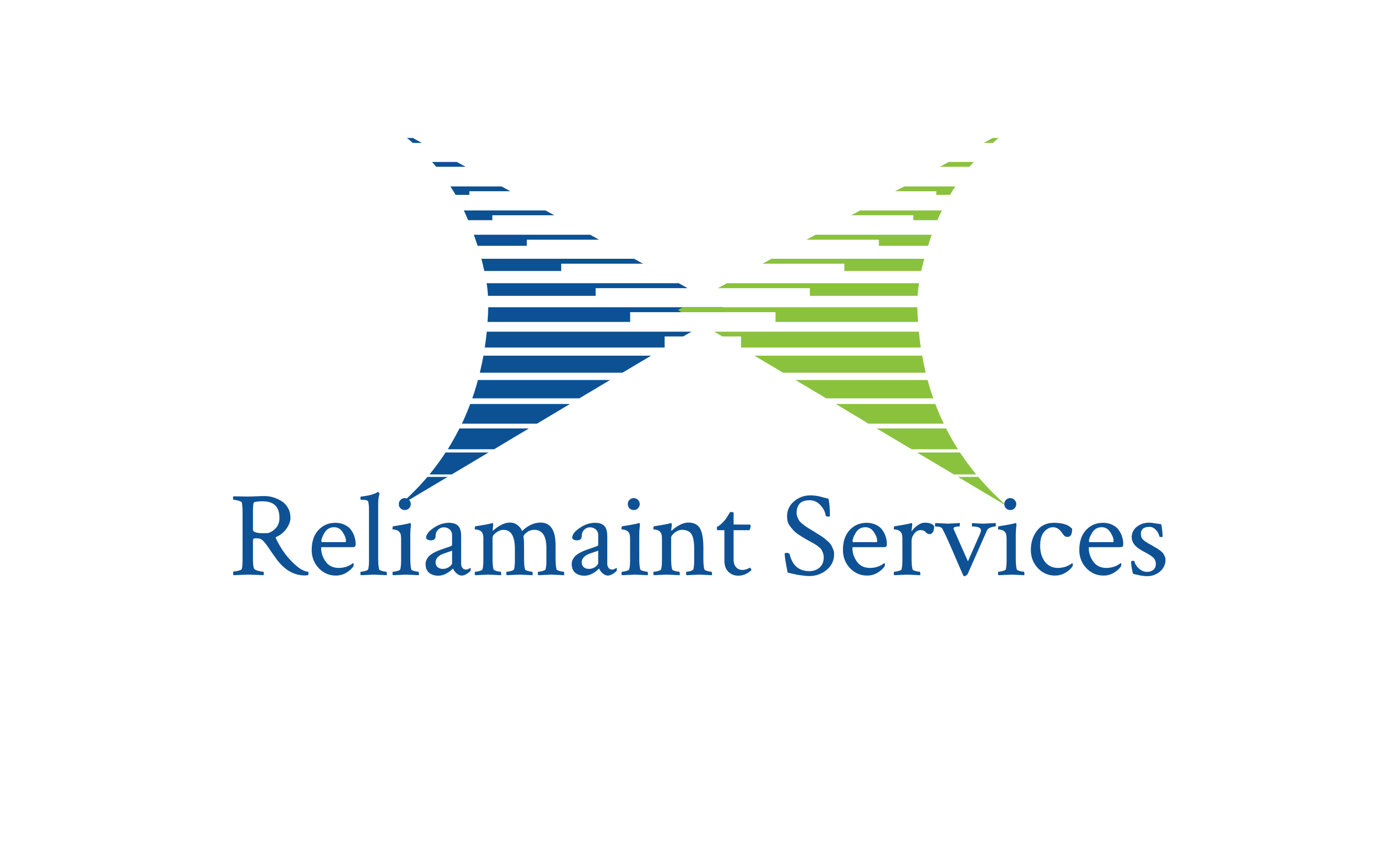Asset Reliability
All Tech and No Human Play Makes Maintenance a Dull Game
- 08 May. 2025
- 11 min read
In an era where Artificial Intelligence, remote diagnostics, IoT sensors, and predictive algorithms are taking over industrial conversations, it’s easy to believe that technology alone can solve all our maintenance problems. And yes, technology is powerful — a well-implemented CMMS can do more in a minute than an entire team might achieve in a day using paper-based logs.
But here’s the hard truth: technology for the sake of technology is not a strategy. Without human insight, judgment, and discipline, even the most advanced tools fall short. In asset maintenance, machines may analyze data, but people still make the calls.
This blog explores both sides of the equation — the promises of technology and the irreplaceable value of human contribution — and warns against the trap of over-automation.
The Pros of Technology in Maintenance
-
Real-Time Monitoring and Response
IoT-enabled assets can alert you to issues like vibration anomalies or rising temperatures before they escalate. This leads to faster interventions, fewer unplanned downtimes, and reduced repair costs. -
Predictive and Data-Driven Insights
AI and machine learning algorithms can identify patterns and predict failures based on historical data — enabling a shift from reactive to predictive maintenance. -
Improved Documentation and Visibility
CMMS systems ensure maintenance history is never lost. From work orders to spare part usage, everything is logged, searchable, and reportable. -
Remote Access and Scalability
Cloud-based CMMS and web platforms allow global teams to collaborate, track KPIs, and oversee operations from anywhere — a necessity in large or multi-site plants. -
Better Compliance and Audit Trails
Automatically recorded data improves compliance with safety and regulatory standards — no more handwritten logs or incomplete records.
The Cons of Over-Reliance on Technology
-
Tech Fatigue and Complexity
First-time CMMS users often report systems being overloaded with features they don’t need. A cluttered interface or irrelevant fields can slow adoption and frustrate teams. -
Loss of Tribal Knowledge
When systems become fully automated, the deep domain knowledge carried by experienced technicians is often overlooked or underutilized — yet their insights are often the key to spotting unusual issues. -
False Sense of Security
Technology may give the illusion that everything is under control — until it fails. Automated alerts and dashboards don't mean much if no one is interpreting or acting on them. -
Initial Cost and Learning Curve
High-end solutions can be costly and take time to implement effectively. Without the right training, the system becomes an expensive underused tool. -
People Disconnect
When technicians are reduced to data-entry operators or are expected to trust black-box AI decisions without explanation, motivation and ownership decline.
Where Human Capability Complements Technology
- Diagnosis Beyond Data: Vibration data might indicate a bearing issue, but only a seasoned technician can detect an unusual noise, smell, or “feel” of a machine that sensors may miss.
- Contextual Decision Making: Algorithms can tell you what usually happens, but not why it’s happening today. That’s where human analysis adds value.
- Communication and Collaboration: Maintenance often involves coordinating across departments — planning shutdowns, managing contractors, ensuring safety. These are deeply human skills.
- Continuous Improvement: Systems don’t improve themselves — people do. Humans analyze trends, adjust strategies, and rethink approaches.
The Right Balance: Augment, Not Replace
Technology should augment human efforts, not replace them. A CMMS is not a magic wand — it is a tool that works best when paired with skilled hands and sharp minds.
The smartest plants are those where:
- Technology captures data and ensures transparency.
- Humans interpret the data, make decisions, and drive improvements.
- Teams are trained not just to use tools, but to understand the philosophy behind proactive maintenance.
As the old saying goes: “A fool with a tool is still a fool.” The best outcomes occur when we build systems that blend human creativity with technological muscle.
Final Thought: Don’t Automate A Bad Process
Before adding sensors, AI modules, or integrating flashy dashboards, ask yourself: Are we solving the right problem? Automation of a broken process only speeds up the failure.
Start with a culture of ownership, discipline, and learning. Let technology support your people — not sideline them.
Because all tech and no human play makes maintenance a dull — and ultimately broken — game.
Would you like help turning this into a website post or presentation slide deck?
About ReliaMaint
Stay tuned to for insights on asset reliability and maintenance management..

Neeraj Kumar
CEO & Co-Founder
Recent Posts
Planning and Scheduling in Equipment Maintenance.
What CEOs Need to Know About Physical Asset Management.
CMMS.. a catalyst for reliability culture
How Data Driven Process of Reliability and Maintenance can enhance Asset Performance.
Categories
Tags
Newsletter
Contact us
Contact us to Know more on these Topics.
Send